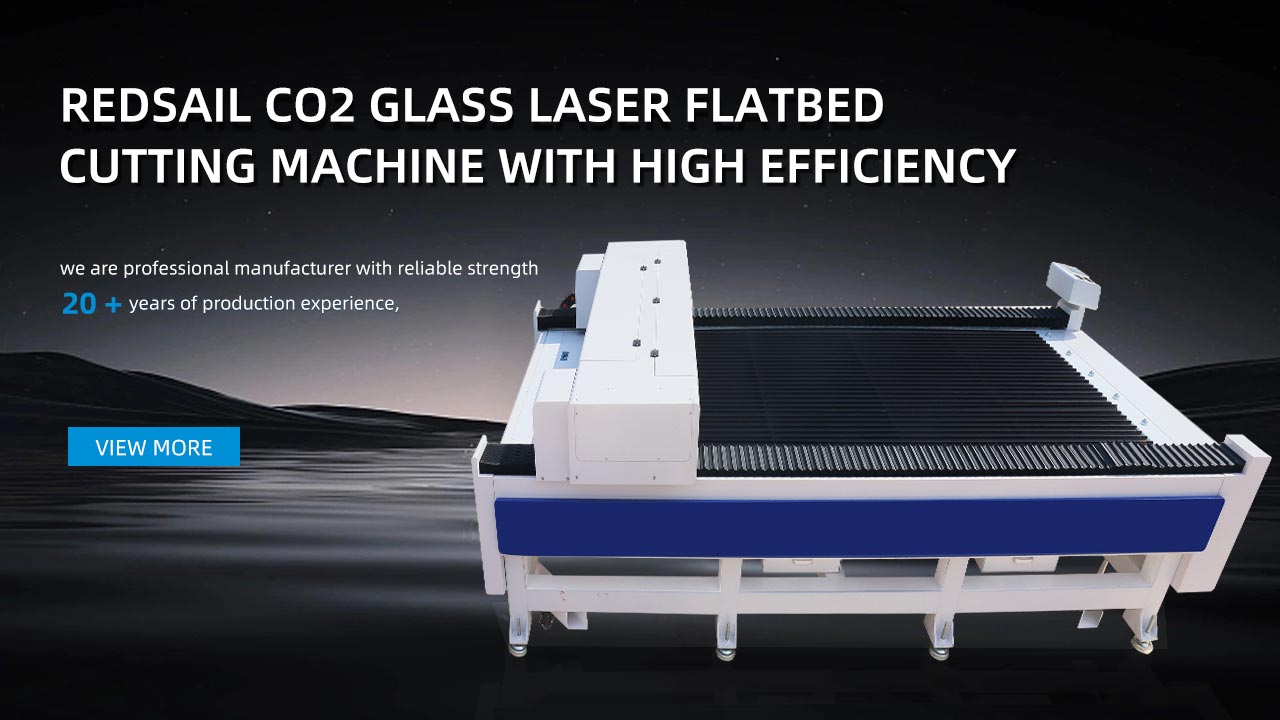
Here, we have specially compiled and produced written tutorials for everyone to learn.
a. How to position the reflector frame A laser cutting machine in 3D cutting.
1. Light target placement bracket 2. Reflector 3. Pull spring locking screw 4. Adjusting screw 5. Adjusting nut 6. Locking screw
7. Locking screw b8. Adjusting screw 9. Adjusting screw M2
10. Tension spring 11. Reflector mounting plate 12. Support plate 13. Base
b. Reflector frame B (with a different mounting base from frame A, the rest being the same) is a three-dimensional laser cutting machine.
1. Install the base plate (movable left and right)
2. Locking screws
c. Debugging method for reflector frame C laser cutting machine.
1. Reflector adjustment plate 2. Reflector 3. Locking screw 4. Adjustment screw 5. Reflector adjustment plate
6. Reflector pressure plate 7. Adjusting screw M8. Locking screw 9. Adjusting screw M2
d. Focusing mirror
1. Focusing mirror inner cylinder 2. Inlet pipe 3. Limit screw ring 4. Air nozzle transition sleeve
5. Air nozzle 6. Mirror tube 7. Limit screw 8. Adjusting sleeve
3. Light path adjustment (1) First light adjustment
Paste beautiful pattern paper onto the dimming target hole of reflector A, manually click on the light (note not to use too much power at this time), fine tune the base of reflector A and the laser tube bracket, so that the light hits the center of the target hole, and be careful not to block the light;
(2) Adjusting the second light
Move reflector B to the remote, use cardboard to emit light from near to far, and guide the light into the cross light target, because the remote light must be in the target, and then adjust the near end and remote light spot, that is, the near end and remote light spot, so that the near end and remote light spot of the cross are at the same position, that is, the near (far) indicator light path is parallel to the Y-axis guide rail.
(3) Adjust the third light (note: the cross splits the light spots on the left and right sides)
Move the reflector C to the remote position, guide the light into the light target, and shoot once at the entrance and remote positions. Compare the position of the cross with the position of the cross in the near spot, indicating that the beam is parallel to the X-axis. At this point, if the optical path is internal or external, it is necessary to loosen or tighten M1, M2, and M on the mirror frame B until the left and right halves are split.
(4) Adjusting the Fourth Light
Stick beautiful paper onto the outlet, leaving a circular mark on the adhesive paper. Click on the outlet, remove the position of the adhesive observation hole, and adjust the mirror frames CM1, M2, and M according to the situation until the light spot is round and straight.
(2) Focal length measurement method: Using the focal length ruler provided by our laser cutting machine manufacturer, lift the nozzle up and down and place it on the number 5 of the focal length ruler. At this time, the light is at its brightest and strongest, and then tighten the screw.
(3) Square block (as shown in the figure)
(1) The cutting face is tilted to the left, and the laser head is too low or the vertical light reflector is too high. If the icon is tilted towards D, it indicates that the light is low. There are two solutions: 1. Lower the vertical light reflector C and rotate M1, M2, M3 counterclockwise; 2. Raise the laser tube (clockwise)
(2) The cutting face is tilted to the right, and the laser head is too high or the vertical light reflector C is too low. If the icon is tilted towards B, it indicates that the light is too high. There are two solutions: 1. Lift the vertical light reflector C and adjust M1, M2, and M3

